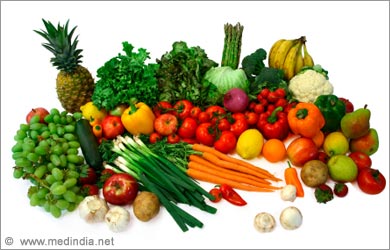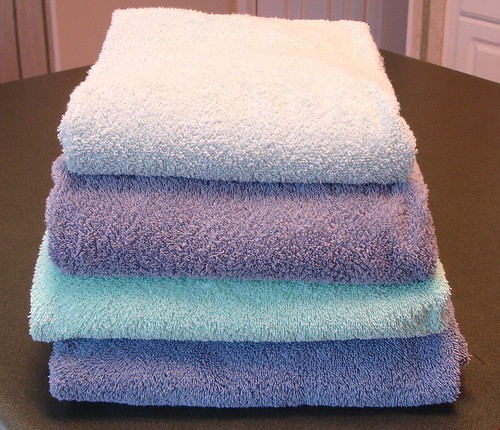
Spanakopita (Modern Greek: σπανακόπιτα, from σπανάκι, spanáki, spinach, and πίτα, píta, pie), or spinach pie, is traditionally a Greek savory pie pastry baked with phyllo (filo) and a delicious filling of chopped spinach, leeks, chard, or sorrel, onions and/or scallions, feta cheese and eggs. In rural Greece, smaller amounts of spinach are used, with the missing part substituted with leeks, chard, and sorrel. Various white, fresh, preferably salted cheeses (ex. Kefalotiri*, cottage cheese, Farmer’s cheese, Parmesan cheese, Ricotta cheese) may be mixed with, or substituted for, the feta cheese. The filling is usually wrapped or layered in phyllo pastry with butter and/or olive oil, either in a large pan from which individual servings are cut, or rolled into individual triangular servings.
While the phyllo-dough recipe is most common, many recipes from the Greek islands call for a crust made of flour and water to form a crunchier, calzone-like exterior in place of the flaky phyllo dough. The pastry, enhanced by butter and egg yolk, becomes golden in color as it bakes.
Spanakopita is mostly eaten as a snack in Greece, and can be an alternative to tyropita (cheese pie). It can also be served as a side or main dish, straight from the oven or at room temperature. A “fasting”, or vegan, version of spanakopita, is often prepared during Great Lent and other religious fasts, composed of spinach, onions or green onions, other green herbs like dill, parsley, celery, olive oil and a little wheat flour, but without eggs or dairy products; the mixture is oven-baked until crisp. Non-traditional vegan versions are available that typically use tofu instead of cheese.
Servings: 14-18 servings
Time: 1 hour 45 minutes
Ingredients:
- 3-4 pounds raw greens such as fresh organic baby spinach, Swiss chard, collard, kale (or their frozen versions)
- 6-8 large onions, sliced or chopped
- 2 bunches chopped scallions
- 1/3 cup olive oil
- 1 bunch chopped Italian parsley
- 1 bunch dill**
- 8-10 eggs
- 1 pound rinsed feta cheese, cut into small cubes or crumbled
- 1 pound cottage cheese (I use organic, unsalted, low-fat, cottage cheese, when available) or Farmer’s cheese or 5 ounces (about 2 cups) finely grated Parmesan cheese
- Ground pepper to taste (salt is optional)***
- Greek seasoning: Dried dill, mint, oregano, parsley, onion
Directions:
- Preheat oven to 375 degrees.
- Wash greens well, drain, and shake or blot dry with towel.
- Heat oil in a large heavy skillet over medium-high heat. Add onions and scallions and saute until softened, about 10 minutes.
- Add greens in batches, stirring until they become wilted.
- Squeeze and drain liquid from skillet and allow to cool.
- Stir in parsley, dill, and pepper.
- In a large bowl, beat eggs until foamy. Combine beaten eggs, feta, and cottage cheese. Add to the greens/onion/herb mixture and stir to combine.
- Grease one shallow 4-quart baking dish or two 3-quart baking dishes with butter or olive oil. (I use one 4-quart Pyrex casserole, but sometimes liquid leaks over the side. It’s best to use two 3-quart baking dishes.)
- Pour in the spinach mixture, spreading evenly. Bake in 375 degree oven for about 60 minutes, until top begins to brown and spanakopita is bubbling all around.
- Allow to cool slightly before cutting into squares.
- Spanakopita is also delicious when served cold.
*Kefalotyri, or kefalotiri, is a very hard, salty, yellow cheese made from sheep milk and/or goat milk in Greece and Cyprus. It vaguely resembles Gruyere in taste, except it is harder and saltier. A popular, well-known cheese, Kefalotyri is widely believed to be the ancestor of hard cheeses in Greece with a history that dates back to the Byzantine era. Kefalotyri is used along with feta in many recipes for Spanakopita, where the recipe says to substitute romano or parmesan, if kefalotyri cannot be obtained. A similar cheese, Kefalograviera (also made from sheep and/or goat milk), is sometimes sold outside Greece and Cyprus as Kefalotyri. Young kefalotiri is aged for at least 2 months and has a milder flavor than aged cheese. The longer kefalotyri is aged, the stronger its flavor becomes. Substitutes for kefalotiri cheese are hard cheeses such as Romano or Parmesan, both of which have a similar sharp flavor and dry texture.
**Fresh herbs: Dill, fennel, parsley, mint, whatever you have or prefer; Italian parsley and dill are more traditional, but I’ve used various combinations, chopped finely, & all have worked.
***Cottage cheese, feta cheese, Kefalotiri, ricotta cheese, and Parmesan cheese all contain salt. Feta retains much salt, even after being rinsed!


